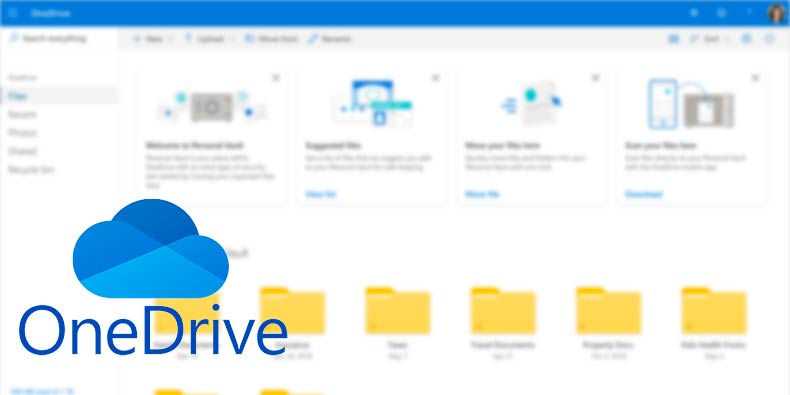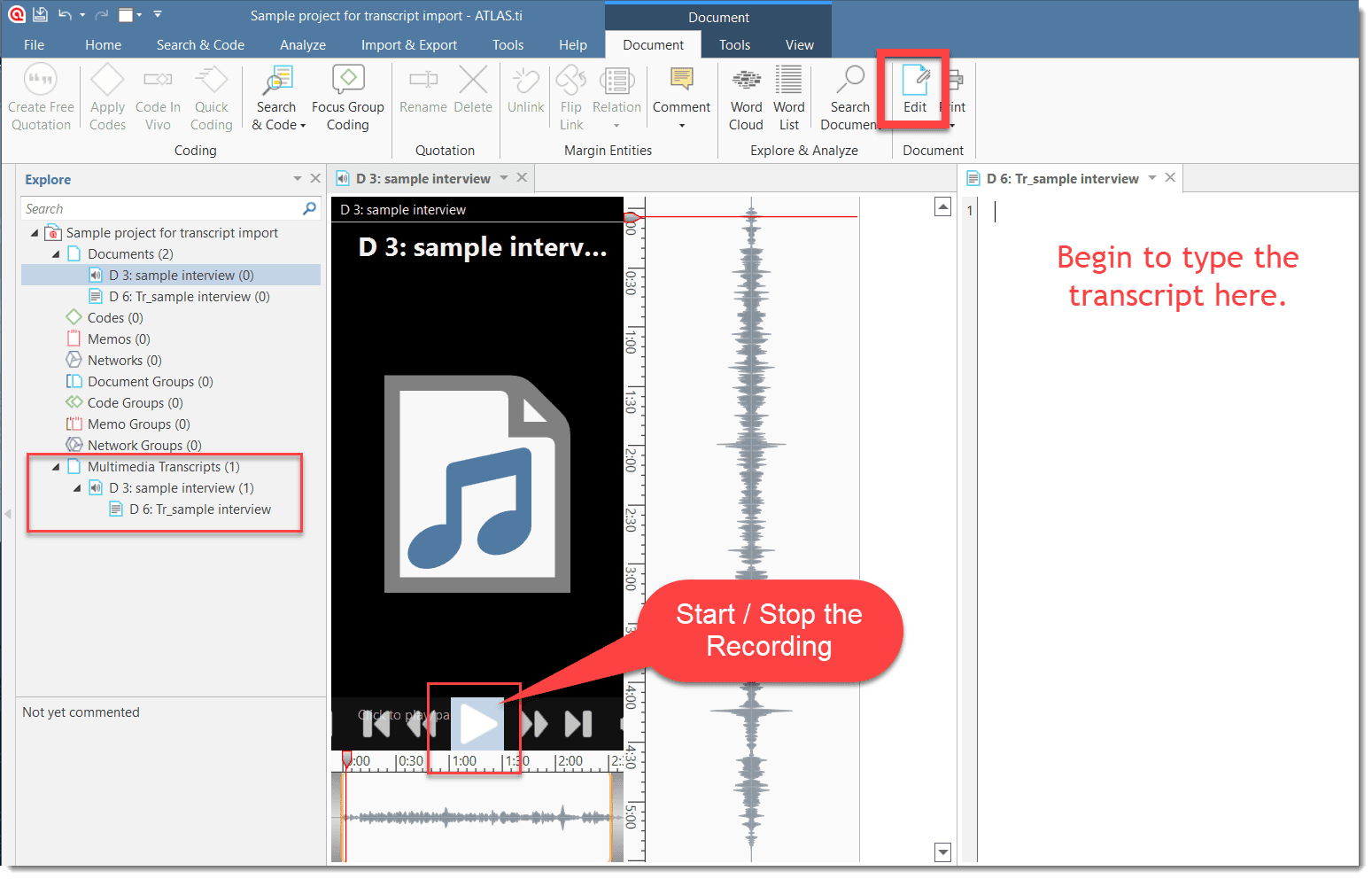


The development of qualitative empirical social sciences is closely linked to the influential Chicago School of Sociology (1915-1935), which developed innovative empirical data gathering and analysis methods (BULMER, 1986 LUTTERS & ACKERMAN, 1996), and the rise of anthropology as a scientific discipline, which occurred during the 19th century 4), and was in some countries closely linked to colonialism (BARTH, GINGRICH, PARKIN & SILVERMAN, 2005 VERMEULEN, 1997). However, their data collection was neither very systematic nor scientifically underpinned, as the social sciences were then only starting to develop. Before this time, it was mostly travelers and missionaries who gathered such empirical material. įrom the beginning of the 20th century, the collection of empirical data on social behavior became increasingly popular. In my examples, experiences in anthropology, my area of training, will be my main focal point, although, of course, the data types mentioned in this section are also gathered in other disciplines. In this section, I will address the different types of data gathered that are susceptible to transcription: fieldnotes, visual and audio data. What Kind of Data Files Do Researchers Transcribe?
ATLASTI TRANSCRIBE AUDIO SOFTWARE
To that end, existing possibilities are discussed and wishes for adaptation of QDA software to ease the process, are brought forward.

First, I will explore the integration of transcription in a CAQDAS-based project, looking for alternative procedures to optimize the use of QDA software. In the conclusive Section 8, I reflect on whether the format of transcripts might influence their interpretation. Section 7 develops some rules to apply in devising your own transcription format, assuming the use of QDA software.
ATLASTI TRANSCRIBE AUDIO MANUAL
Section 6 explores two alternatives to laborious manual transcription, i.e., voice recognition software, and direct coding of audio or video files in QDA software. Section 4 elaborates on why one would want to transcribe data in the first place, while Section 5 deals with the practicalities of transcription, i.e., how it is done. Section 3 deals with what transcription is and how it is influenced by technological developments. This question is explored in Section 2 by looking at how technological developments have influenced data collection methods and what kind of data files are transcribed. Therefore, the question emerges whether or not one should be transcribing those files manually and convert them into textual files. Several QDA software packages now offer the option of directly coding digital audio and video files 3). The central issue explored in this article then, relates to the question whether or not QDA software enables us to skip the transcription of data files. Over the last twenty years I have noticed what seems to be a trend towards a growing popularity of qualitative methods in The Netherlands, combined in the last ten years with an increased use of digital equipment and QDA software 2).


 0 kommentar(er)
0 kommentar(er)
